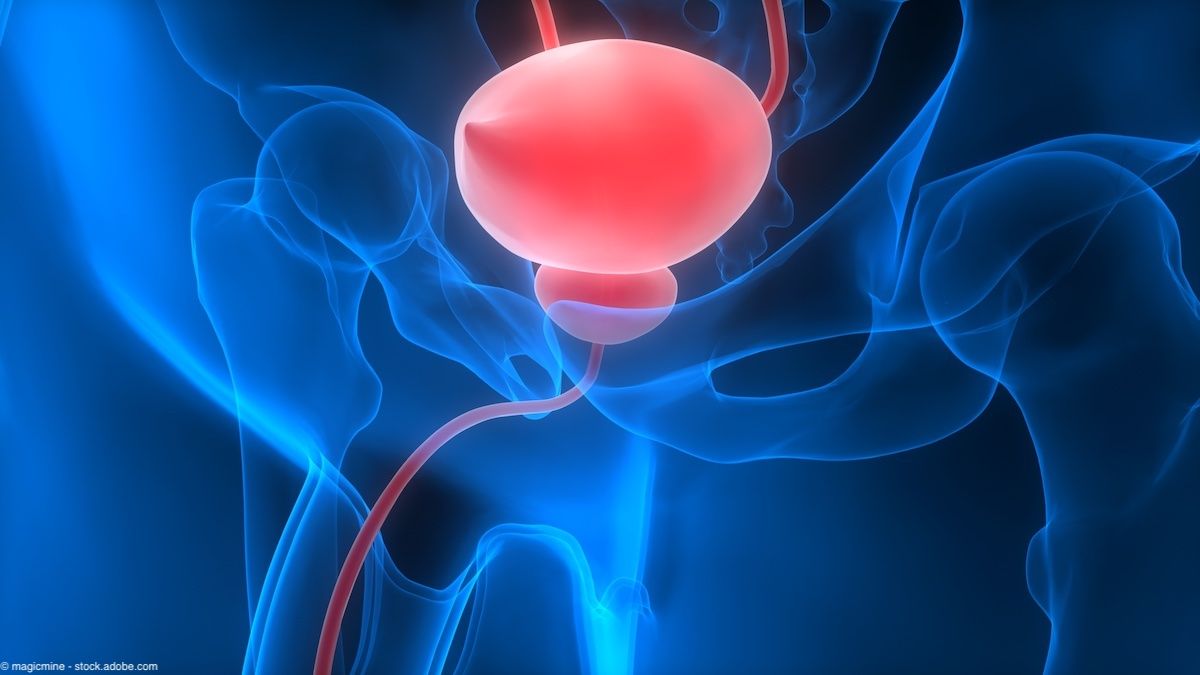Article
Stone fragment culture may guide antimicrobial Tx
The take-home messages on infection/inflammation at the AUA annual meeting covered a spectrum of urological conditions, including stone disease, urinary tract infection, urethritis, and interstitial cystitis. Results from both clinical studies and laboratory research have potential implications for urologists in their evaluation and management of patients with these disorders, said Anthony J. Schaeffer, MD, Herman L. Kretschmer professor and chairman, department of urology, Feinberg School of Medicine, Northwestern University, Chicago.

Intraoperative stone culture yields important information in the management of patients undergoing percutaneous nephrolithotomy and should be a routine part of the procedure.
Investigators found an association between a positive stone fragment culture and the development of sepsis and need for transfusion. Based on those findings, the researchers advocated routine performance of intraoperative stone culture, as it may provide information for guiding antimicrobial treatment.
"Perhaps in high-risk patients, including those who have had recurring UTIs, it might be useful to investigate if pathogens are present in the stone as well as in the urine, and if the organisms from the two specimens are similar," he said.
Uropathogenic Escherichia coli suppresses the early host innate immune response in the bladder in the early stages of urinary tract infection. This could lead to a significant pathogenic advantage and could potentiate recurrent infection.
The ability of pathogens to suppress host immune responses is an important emerging topic in the field of infectious disease research. The findings of this study indicate that uropathogenic E coli mediate that activity through effects on NF-kB-related pathways with resultant reduction of uro-epithelial cell secretion of inflammatory mediators, as well as increased cellular apoptosis, which can enable bacterial penetration into bladder tissue.
The clinical relevance of this finding relates to the possibility that some individuals, perhaps due to genetic makeup, may be more susceptible to this type of pathogenic attack, and it may have implications for medical management, Dr. Schaeffer said.
"Bacteria may use this approach to become sequestered in the bladder, becoming an underlying cause for recurrent UTIs. If that is true, perhaps a longer course of antimicrobial therapy may be more effective for eradicating these resident pathogens and reducing the risk of recurrent infection," he explained.
An oligonucleotide microarray (STD DNA Chip) that can detect Neisseria gonorrheae, Chlamydia trachomatis, Ureaplasma urealyticum, Mycoplasma genitalium, and human papillomavirus in a voided urine specimen has a 99.5% sensitivity and 100% specificity for diagnosing sexually transmitted urethritis in men.
As this novel array appears to offer a convenient, highly sensitive, and accurate assay for a range of sexually transmitted diseases, it would have immediate clinical relevance, Dr. Schaeffer said.
"If a patient is suspected to have any of the infections tested for by this assay, the test would seem to offer a simple method to make a correct diagnosis," he pointed out.
Among women with IC, those with levator pain are more likely than is the general IC population to have a history of sexual, physical, or emotional abuse. It is thus important to take an abuse history in patients with IC and chronic pelvic pain to determine whether therapy should be directed at the pelvic floor in addition to the bladder.
The authors of this study learned that women with IC accompanied by levator pain might have pelvic muscular problems relating to previous trauma (see "History of abuse common in female patients with IC"). There are a variety of possible causes of pelvic side wall pain, and the findings suggest that urologists should consider including abuse in the differential diagnosis.
"If the evaluation of the suspected IC patient does not identify problems involving the bladder, urologists might carefully query the individual to identify any history of abuse and the need for referral so that the patient can receive appropriate care," Dr. Schaeffer said.





